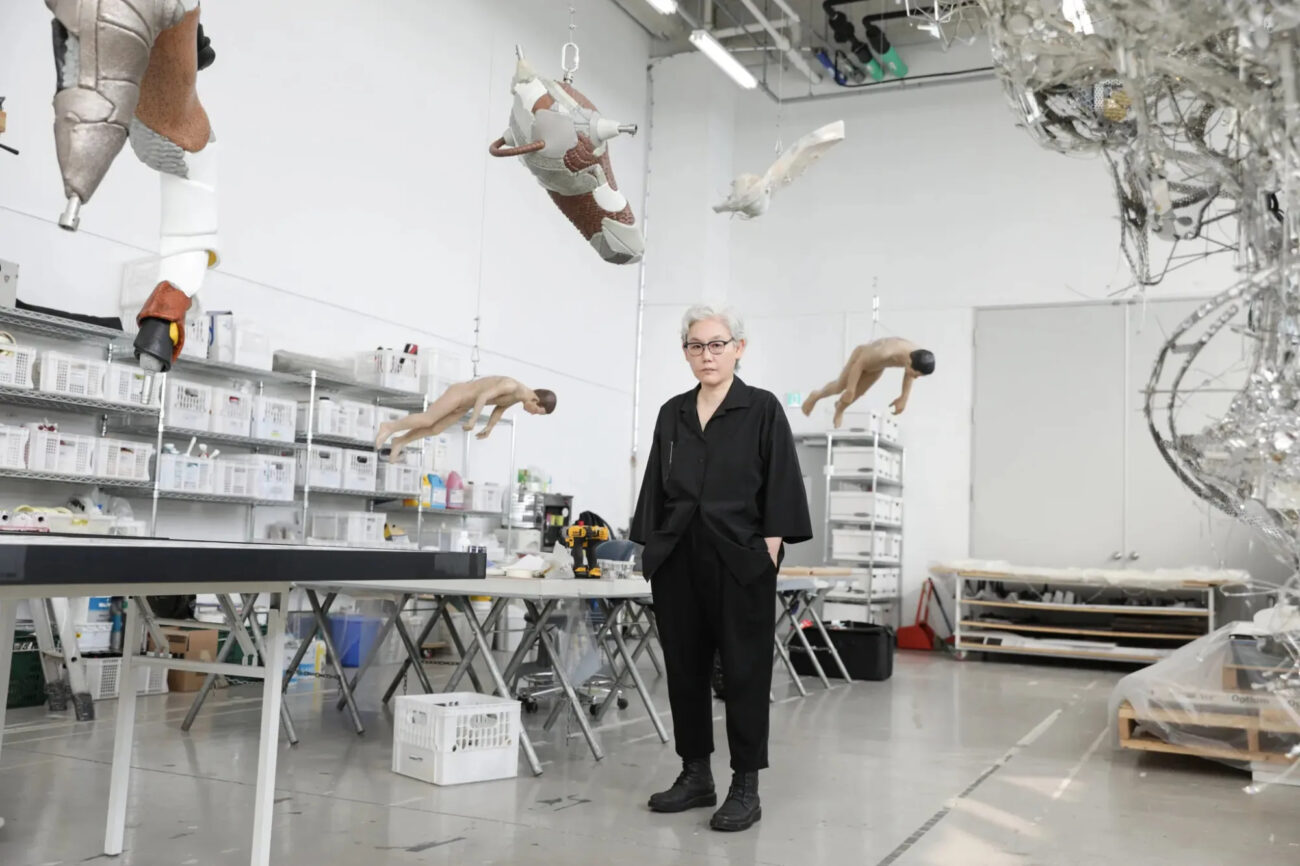South Korean contemporary artist Lee Bul has captivated audiences worldwide with her innovative and thought-provoking work that explores themes of utopia, dystopia, and the human condition. Born in 1964 in Yeongju, South Korea, Bul grew up during a politically tumultuous authoritarian regime of South Korea’s military government. This context significantly shaped her artistic perspective, instilling a critical awareness of societal structures and an interest in exploring the boundaries between the individual and collective experience.
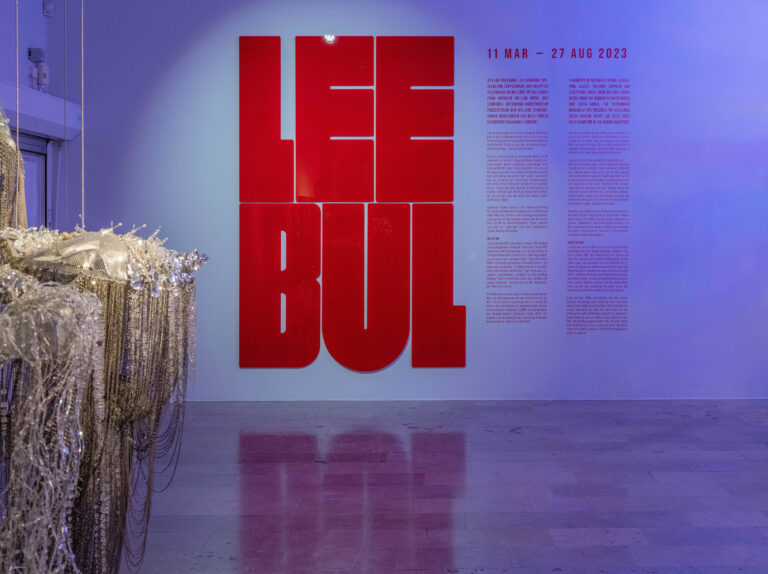
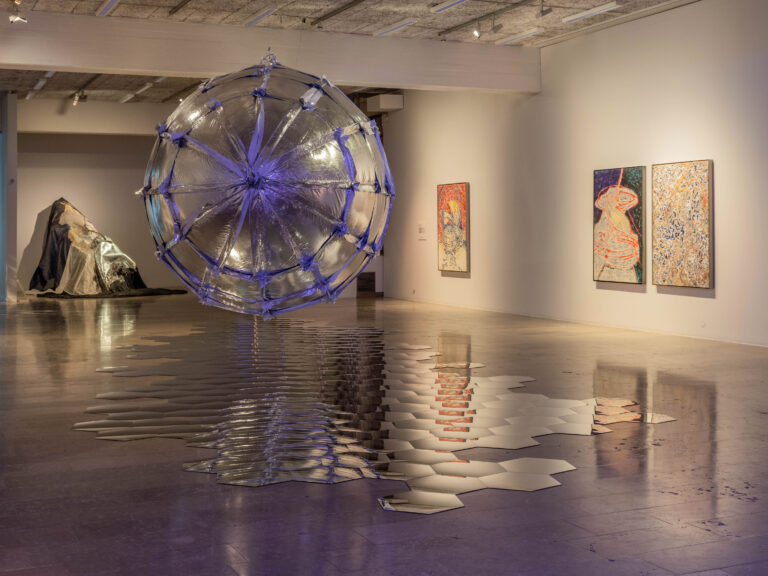
Bul first received recognition in the late 1980s and early 1990s for her avant-garde performances and sculptural works that challenged traditional notions of art and femininity. Her early performances often involved wearing elaborate, grotesque costumes that obscured her identity, reflecting her critique of societal norms and expectations imposed on women. This period laid the foundation for later explorations of hybridity, transformation, and the intersection of technology and humanity.
Best known for large-scale installations and sculptures that merge organic and industrial aesthetics, Bul’s work frequently incorporates material such as mother-of-pearl, crystal, glass, metal, and resin. By utilizing these materials, she creates intricate pieces that are visually stunning and conceptually rich. Her inspiration draws from a wide range of sources, including philosophy, literature, architecture, and science fiction. She has cited German philosopher and critic Friedrich Nietzsche, German architect Bruno Taut, and English novelist Mary Shelley as influences on her exploration of utopian ideals and their discontents. Her works often reference historical and cultural narratives, inviting viewers to engage with complex questions about progress, identity, and the human desire for transcendence.
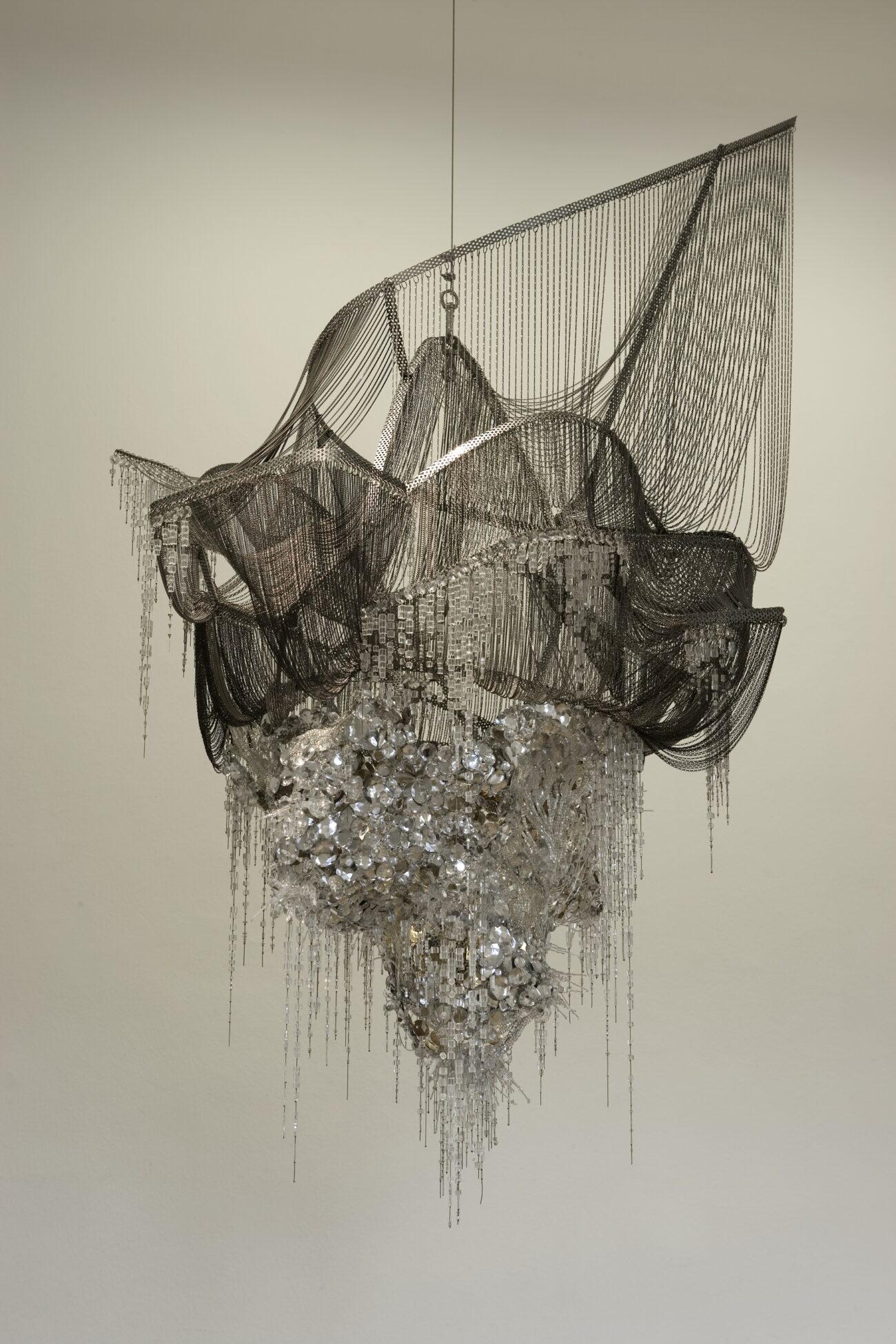
One of her iconic series involves suspended sculptures similar in form to chandeliers, such as Sternbau No. 2, which were inspired by futurist architect Bruno Taut’s fantastical visions of an “Alpine Architecture”, drawn up just before the end of the First World War and the collapse of the German empire. In an attempt to divert mankind’s energy away from war and conflict, Taut proposed the construction of dazzling cities in the Alps, made entirely of crystal and glass. Combining an architectural aesthetic with obsessive opulence, Sternbau No. 2 constitutes a satirical homage to Taut’s feverish optimism: suspended precariously from the ceiling, iridescent with dripping crystal beads and draped with a dense patina of chainmail, Sternbau No. 2 is simultaneously graceful and hauntingly ominous, confronting viewers with its ravishing, ethereal magnificence.
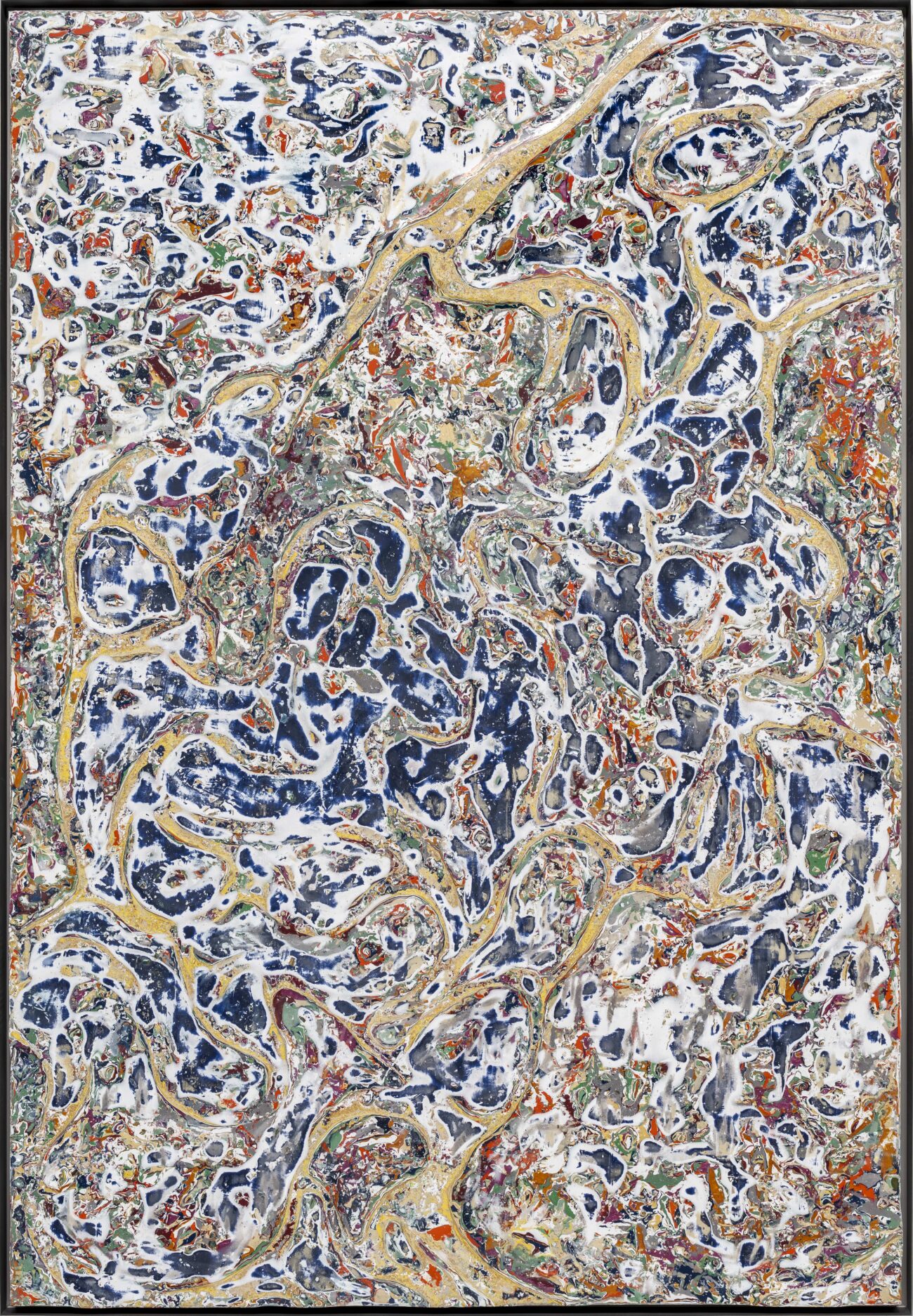
In her Perdu series, Bul delves into the interplay between the artificial and the organic, weaving these binaries both conceptually and materially. The title Perdu—French for “lost”—carries layered meanings; it evokes Marcel Proust’s À la Recherche du Temps Perdu (In Search of Lost Time, 1913–1927) while, in English, suggesting something hidden or obscure. Intriguingly, perdu is also a military term, referring to soldiers dispatched on perilous missions, a nod to the precariousness of existence—a theme Bul increasingly explores through the lens of militarization. For her, this concept is inextricably tied to the human condition, brushing up against the fragile edges of utopia.
Constructed from materials as disparate as mother-of-pearl, velvet, and acrylic paint, these works bring to life otherworldly visions of fragmented bodies. Suspended in motion, they oscillate between clarity and obscurity, their forms deliberately incomplete. This unfinished quality mirrors a deeper longing for wholeness, a theme Bul has interrogated in earlier works through the use of anagrammatic and reconfigurable structures—conceptual kin to cyborgs. In Perdu CXV, these fragmented forms seem almost alive, like cryptic emissaries from a future shaped by humanity’s aspirations and flaws. They suggest a reflective reckoning, urging us to confront our own limitations even as they dazzle with their spectral elegance.
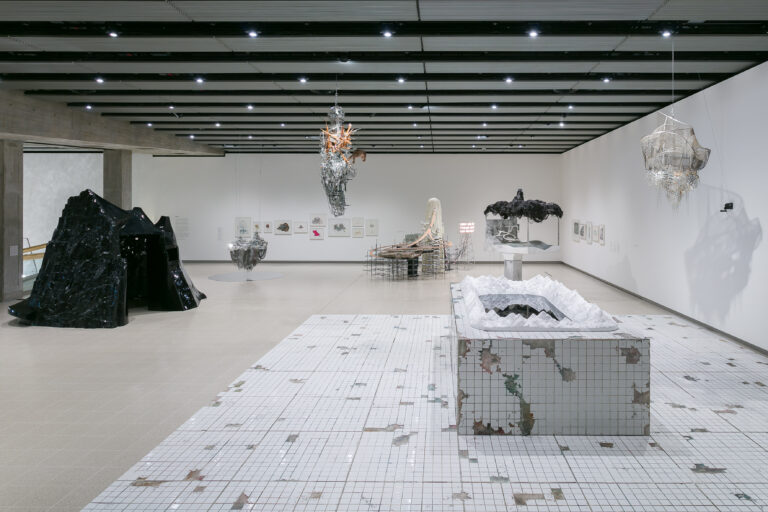
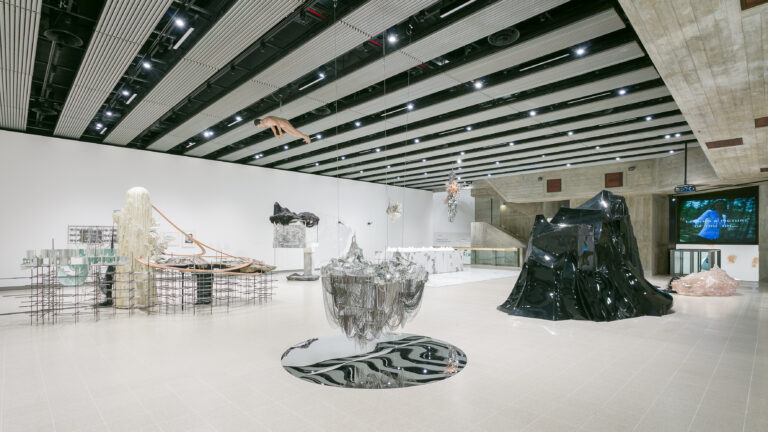
Bul’s pursuit of creating thought-provoking art continues to captivate in 2025, with several compelling exhibitions. At the Metropolitan Museum of Art, The Genesis Facade Commission: Lee Bul, Long Tail Halo is currently on view until May 27th. Later this year, in September, the Leeum Museum of Art in Seoul will mount a comprehensive retrospective of her oeuvre, charting a career that has provocatively dissected body politics through surreal, unsettling, and at times, viscerally challenging works. From the cyborgs and fantastical creatures of the 1980s and ’90s that launched her to prominence, to installations exploring themes of abortion and other taboo subjects, Lee Bul’s art remains as bold and boundary-pushing as ever.
Head Image: Portrait of Lee Bul by Yoon Hyungmoon. © Lee Bul. Courtesy of Studio Lee Bul.
Written and designed by Sarah Greenwood.

